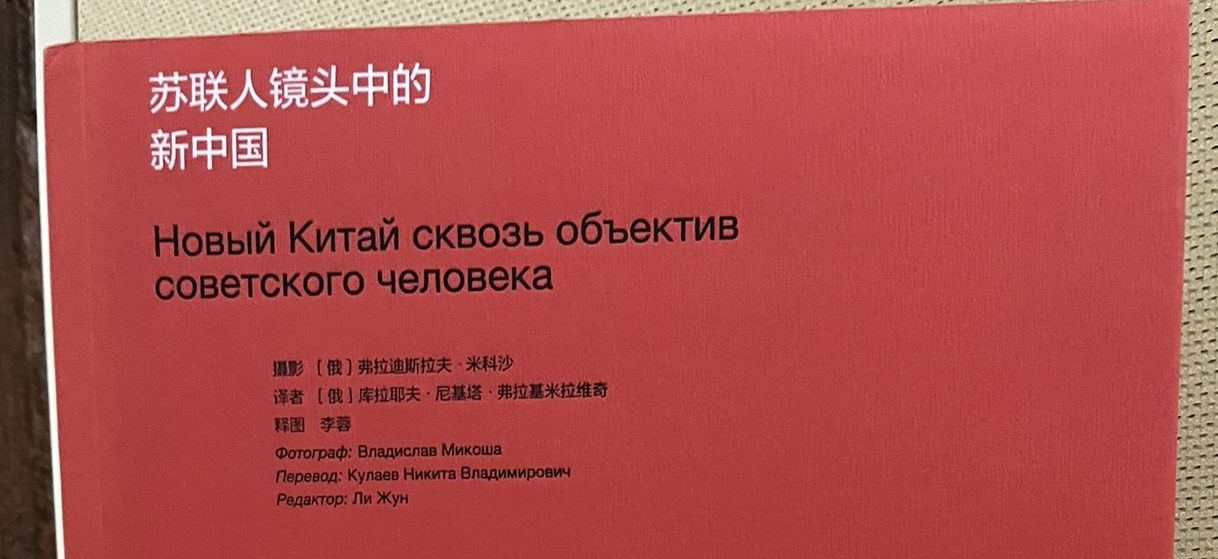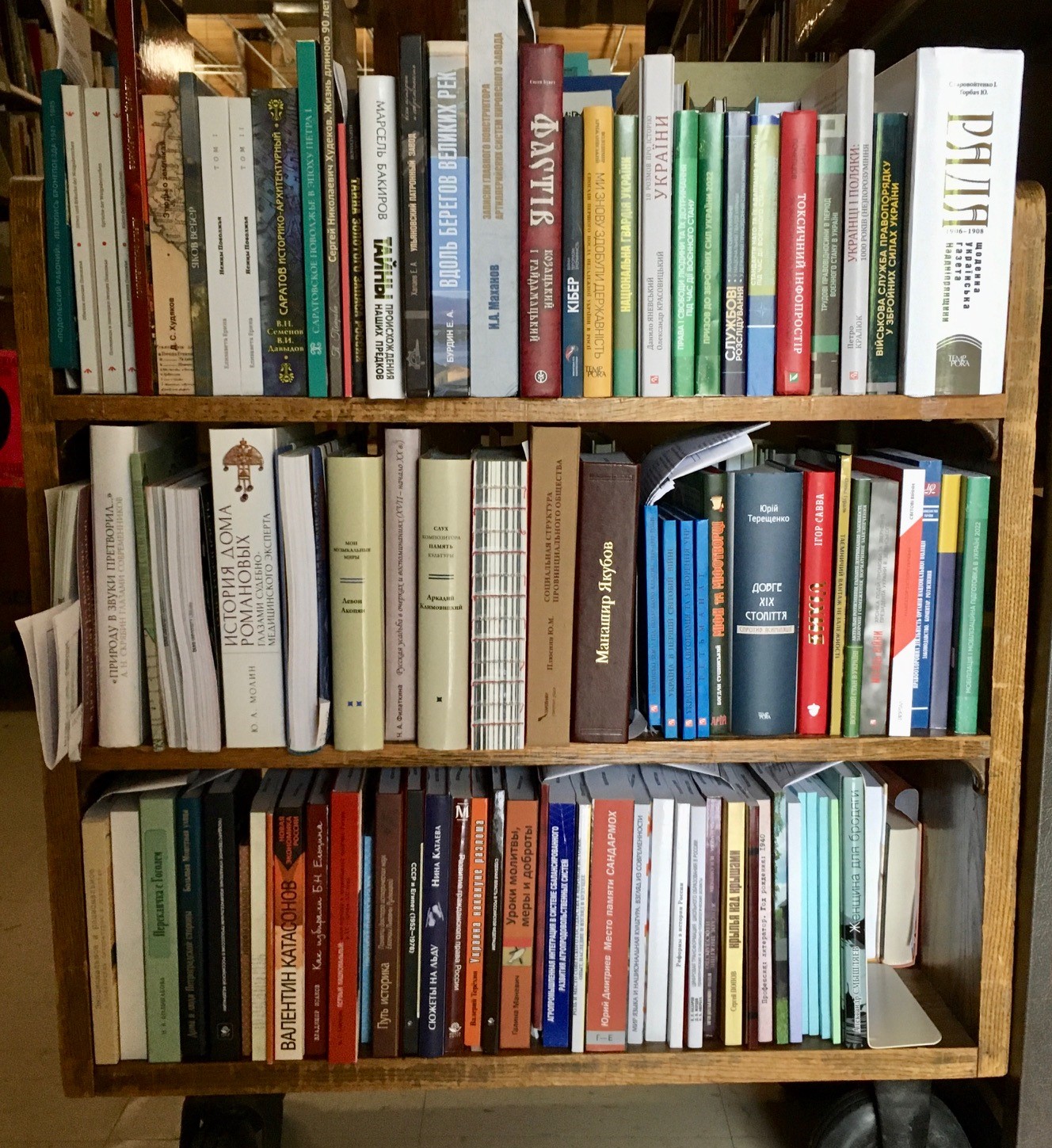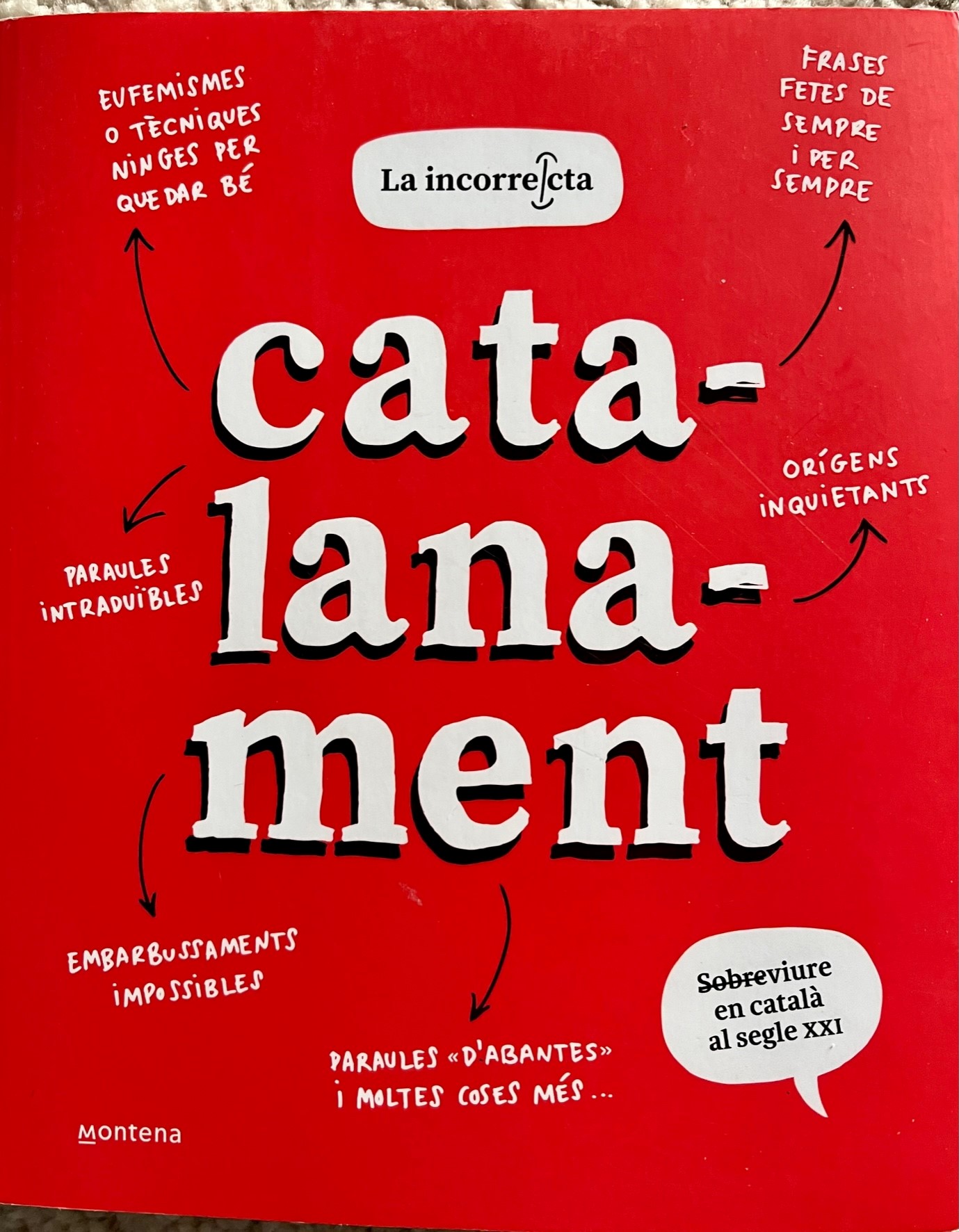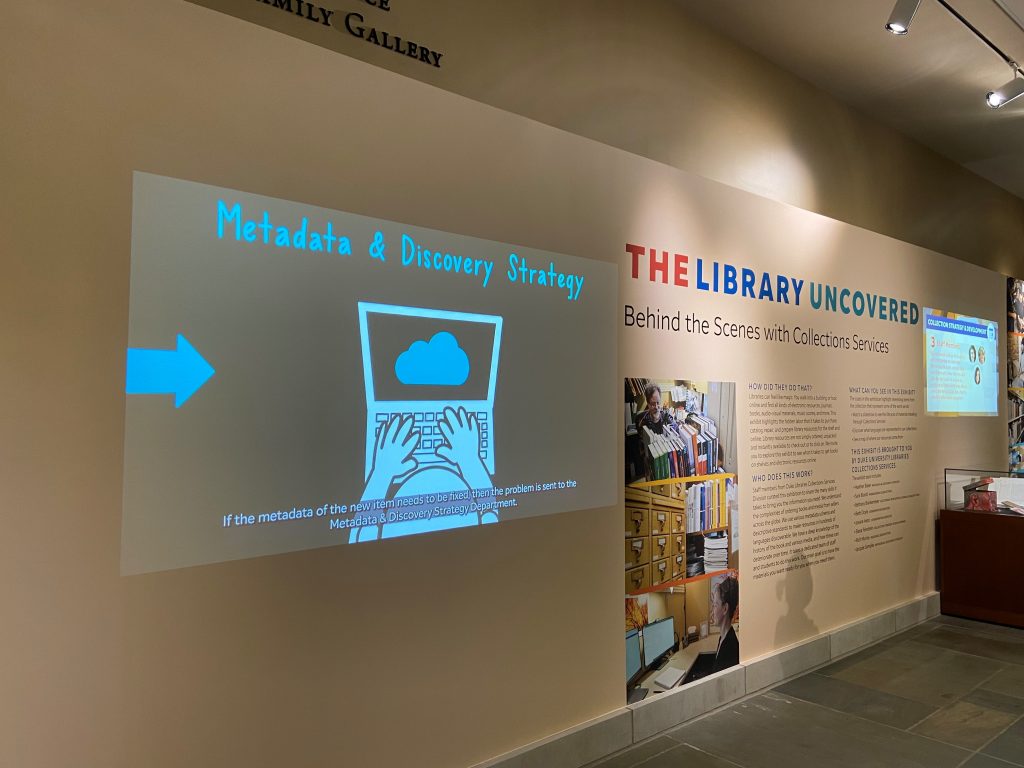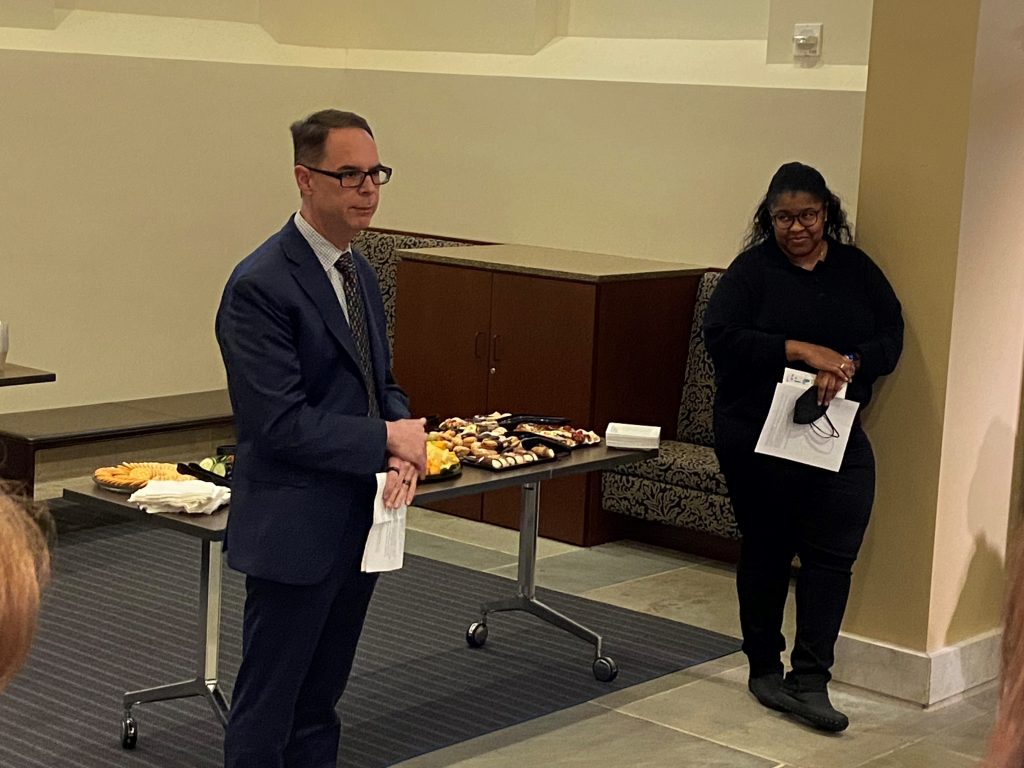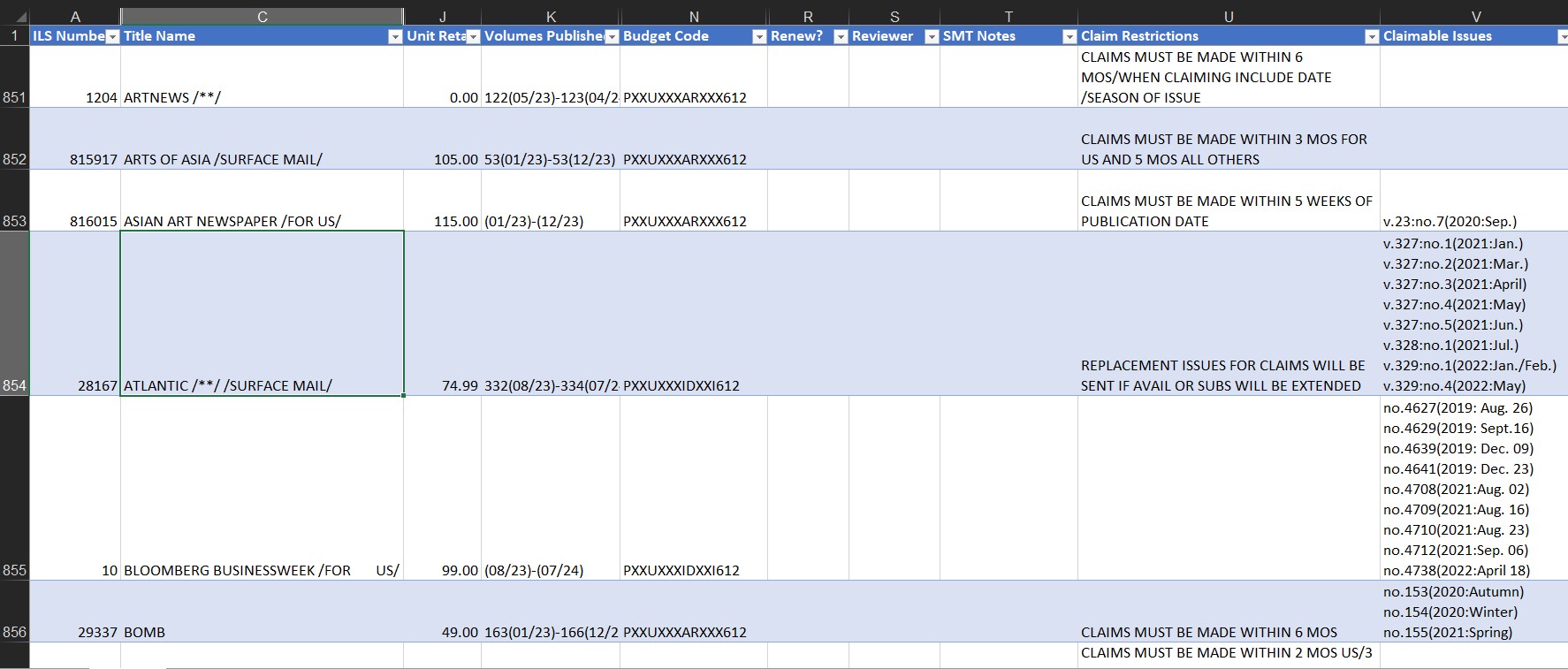In the Collections Services division, there is a small, but mighty group of staff members who lead and encourage other staff, are an important part of planning and operationalizing workflows, and who do all this while also doing front-line work. This group is composed of six team leads whose responsibilities span acquisition of print and online resources, managing discovery of and access to that large constellation of resources, and preparation of materials for library shelves. What better way to end the three-part Alma series than by sharing team leads’ reflections on implementation and go-live. Two common threads throughout the reflections team leads shared for this post were gratitude for the deepening of relationships within and across teams, as well as the importance of maintaining an iterative mindset as we all try out new workflows and functionality in Alma.
Challenges and opportunities are two sides of one coin. Implementing a new system came with a lot of opportunities, but was not without challenges. Let’s focus on challenges first, and then we will talk about the opportunities that team leads leveraged before and after going live in Alma. To facilitate going live, the previous system, Aleph, had to sunset on June 10 as described in a previous blog post. Focusing on what could be done during the space between two systems was a significant pivot from the normal production-oriented approach to work, especially during the month of June when Collections Services is normally sprinting toward the end of Duke’s fiscal year. Staff with acquisitions responsibilities had to end the financial year much earlier than usual in order to sunset Aleph. Staff in other departments were also busy trying to wrap up data migration and cleanup projects before Aleph sunsetted. Focusing on what staff could do, rather than what they could not do was a challenge facing team leads during this pivot point. Other challenges were present, too, and required team leads to lead through uncertainty. Notable among these was an electronic resource migration issue caused by corrupted data. At one point, it was not clear whether the issue could be addressed systematically (thankfully, it could be), or whether frontline staff were facing an extensive project post go-live. Alma’s multiple functional options coupled with limits on what could be tested pre-go live also caused uncertainty. Some decisions on workflows and practices were made immediately before going live in Alma and could really only be tested after the new system came up. After go-live, it took time to develop clarity on the relationship between downstream and upstream work in the Collections Services lifecycle and to understand more fully how Alma handles certain data types like data about item records for physical resources. Work, in general, took a little more time to do as team leads and a small group of Alma early users worked to get other staff, including student assistants, up to speed.
Now, on to the rewards side of the coin. Team leads cited a variety of rewarding experiences pre- and post-go live, many of them closely tied to the challenges that were discussed above. Staff working on describing resources that are new and unique or distinctive to Duke University Libraries collections were able to leverage the larger ecosystem in which they work. Because a substantial portion of this work occurs in the OCLC WorldCat system, these staff members were able to continue creating catalog records during the period between Aleph and Alma. Though there were limitations on Alma testing and decision-making prior to going live, a certain amount of training and practice was still possible, and teams made headway on developing workflows, decisions, and documentation. Team leads noted how nice it was to reap the benefits of training and practice once Alma went live and it was possible to perform daily tasks. Team leads and other Alma early users were also ready onboard other staff. It was evident from the ebb and flow of physical materials through Collection Services spaces that operations had successfully resumed– from receiving a recently-ordered resource into our workflows to describing it, to printing the all-important spine label that allows library users to find books on the library shelves. Check out a recent video from Duke University Libraries that shows how the Littlest Blue Devil finds a book in the stacks. Teams working with electronic resources were also able to resume daily tasks and work to provide the best user discovery experience for the Libraries’ millions of electronic resources while staff in other library units worked to sync the Books & Media Catalog with Alma. The biggest reward during this period of planning for go-live, getting up to speed in Alma after going live, and resuming operations was the colleagues we work with every day. Team leads cited gratitude for their teams, for the generosity of colleagues in answering questions, and for the opportunity to learn more about how different workflows in Collections Services overlap.
Against the backdrop of generally increasing proficiency in navigating Alma’s interface and options, team leads have many aspirations for the first six months in our new system. A number of these cluster around best uses of Alma. Team leads are eager to make the most effective use of Alma functionality as possible. They want to maintain an open mind about changing workflows and processes in a way that uses Alma’s built-in functionality to its best advantage. One team lead described go-live workflows as “Plan A” workflows that will evolve as we use and familiarize ourselves with the system every day. Alma presents new opportunities for tracking movement of physical items across library locations effectively, using batch processing to update call numbers, leaning further into functionality for reporting and updating sets of data. It also presents a new opportunity for a truly integrated system that can manage both print and electronic resources. This integrated functionality and how best to leverage the new possibilities for electronic resources management is top of mind.
Threaded throughout all team leads’ challenges, rewarding experiences, and aspirations is the desire to continue building on the communication and teamwork that has marked Alma implementation in Collections Services.









 Comic book publishing has always been a commercial venture, so if a title fails to sell well, it’s cancelled posthaste. But fear not, intrepid comic book readers! The cancelled character may well be revived even decades later with different writers and artists and, perhaps, a different publisher. In the case of the early Captain Marvel titles pictured, the earliest dates from 1968 and the latest from 1975. These titles were published as separate runs with only the titular character and publishing house, in this case, in common. While it might seem unimportant to omit the volume numbering when you have a title that has 55 numbers published over 12 years, with all issues having the same volume number, that volume number serves as a clue to researchers that perhaps an earlier or later related title exists.
Comic book publishing has always been a commercial venture, so if a title fails to sell well, it’s cancelled posthaste. But fear not, intrepid comic book readers! The cancelled character may well be revived even decades later with different writers and artists and, perhaps, a different publisher. In the case of the early Captain Marvel titles pictured, the earliest dates from 1968 and the latest from 1975. These titles were published as separate runs with only the titular character and publishing house, in this case, in common. While it might seem unimportant to omit the volume numbering when you have a title that has 55 numbers published over 12 years, with all issues having the same volume number, that volume number serves as a clue to researchers that perhaps an earlier or later related title exists.

 House “Liquid Love”
House “Liquid Love”
 Destroys The Invaders “Conspiracy On Neptune”
Destroys The Invaders “Conspiracy On Neptune”



